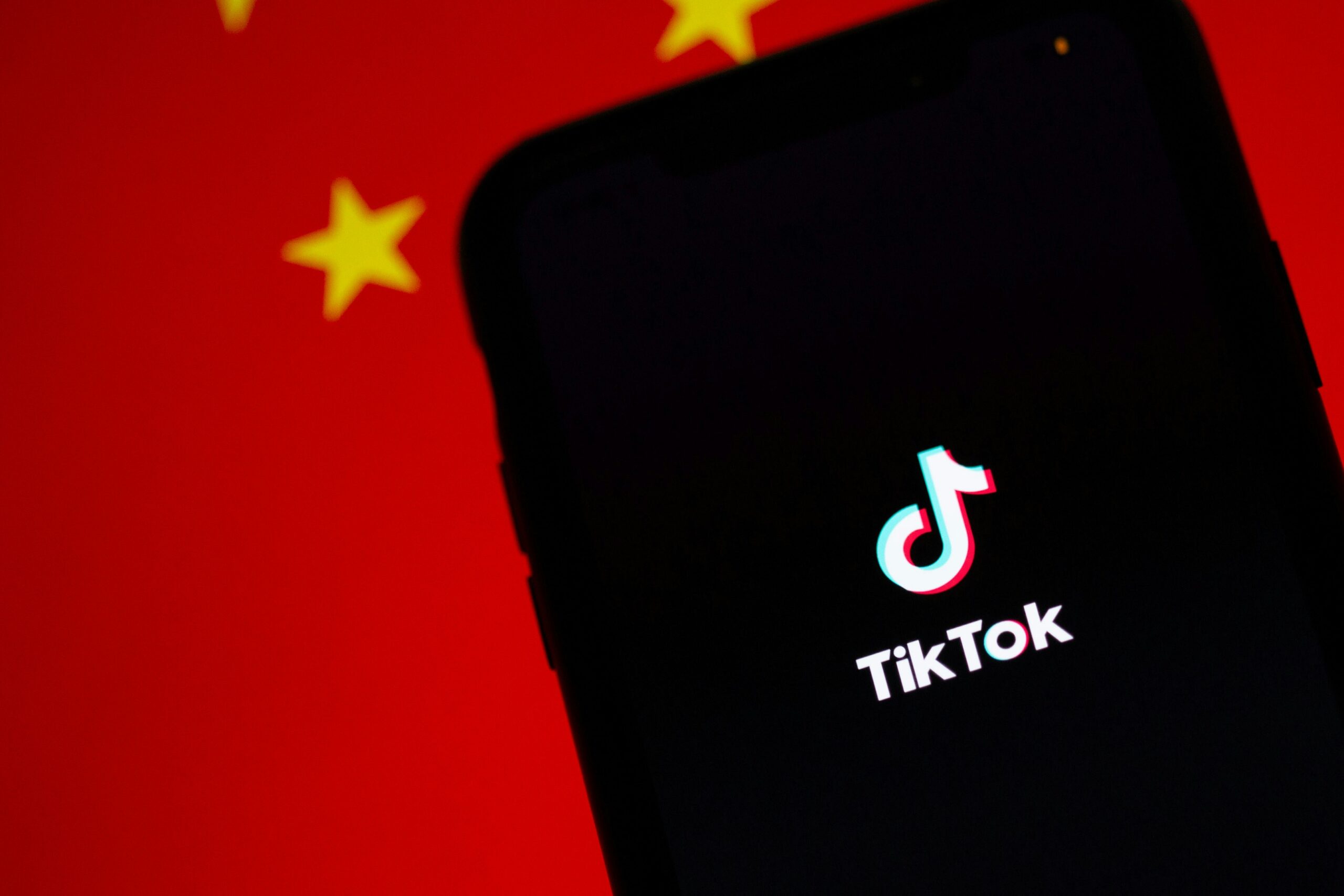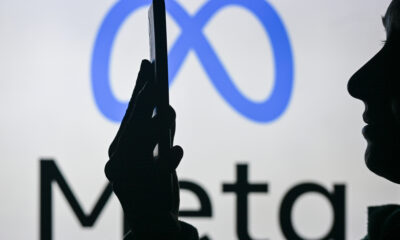
OpEds

DeepSeek and TikTok: unlikely duo has world in thrall
A few hours ago, a “thought leadership” press release crossed my desk titled, “What’s coming in tech in 2025”. It was one of dozens I’ve received so far this year, but this one came at an unfortunate moment. It had clearly been approved a day or so earlier, and couldn’t have foreseen the earthquake that shook the high-tech world a few hours later. Then again, it should have at least foreseen an earthquake of some kind.
Even if it’s only the end of January, the relentless pace of big news tells us to keep expecting the unexpected in 2025.
The fascinating aspect of the two tech earthquakes of January is that both feed into a jumbled mess of narratives driving a geopolitical crisis in the form of a trade war between China and the United States (US).
For the first three weeks of January, the narrative was framed jointly by the US Supreme Court and President Donald Trump. The former upheld a ban that President Joe Biden had slapped on video sharing network TikTok in April 2024, set to commence on 20 January. A last-minute appeal to the US Supreme Court failed, and TikTok went dark in the US, but with a placeholder message reading, in part, “We are fortunate that President Trump has indicated that he will work with us on a solution to reinstate TikTok once he takes office”.
Trump instantly came to the party, declaring that he would give the Chinese app a stay of execution, and not penalise any service providers hosting its content. The ban lasted barely half a day. Few seemed to notice that the new president was merely invoking a provision in the previous president’s ban that allowed a grace period of up to 90 days if it appeared TikTok was making progress in finding an American buyer. Trump gave it 60 days.
At that stage, it was clear that the US was calling the shots in the trade war. Trump had banned Google from supplying technology to Huawei back in 2019, igniting a tech trade war between the US and China. Under Biden, the US banned the supply of any technology to companies supplying computer chips to China.
Trump then took over an America with a surging tech sector, driven by artificial intelligence (AI) from any number of giant players and the Nvidia chips that made AI more efficient. Silicon Valley turned into sycophant valley as once liberal billionaires paraded their right-wing credentials for the president in the hope he would spare them his arbitrary decrees – or pour his largesse over them.
He could call on any number of investors to drop a few tens of billions of dollars to build vast new data centres, and buy out a TikTok or two, and, oh, anything that popped into his head while he was high on coffee or power or global domination.
But something else happened on 20 January.
On that day, a Chinese start-up called DeepSeek, barely two years old, officially released an AI model called R1. Over the next week, media coverage built up, highlighting R1’s performance on a par with the likes of OpenAI’s advanced version of ChatGPT, called o1, but also that it achieved this at a fraction of the cost.
By 26 January, the world realised that existing AI development paradigms and the tens of billions they required had become meaningless. DeepSeek said it had spent only $5.6 million (R104.9 million) on its model. The next morning, the markets all but collapsed.
So, faster than we can say “algorithm”, we have two names that have emerged as the unlikely villains of the digital age. One is a cutting-edge AI company pushing boundaries, and the other is a social media platform that has some of us dancing weirdly in our living rooms. Before long, as they each evolve, you won’t know which is which. And both have managed to strike fear into the hearts of governments, parents, and conspiracy theorists.
For some Americans, DeepSeek is the AI overlord they didn’t see coming, and TikTok is the dancefloor of doom, about to suck in the youth.
With its addictive short-form videos and endless scroll of content, TikTok has become a cultural phenomenon. But beneath the surface of lip-syncing teens and DIY hacks lies a darker narrative that has governments and parents alike clutching their pearls.
Rumours swirl that the app collects an alarming amount of user data, from location tracking to device information. The US Supreme Court believes the argument that this data could be accessed by foreign governments, by which they mean China, turning harmless videos of the latest dance craze into a national security threat.
But let’s be real: the true terror of TikTok lies in its ability to make time disappear. One minute, you’re watching a video of a cat playing the piano, and the next, it’s 03:00 and you’ve just spent four hours learning how to fold a fitted sheet (spoiler: you still can’t do it).
While DeepSeek and TikTok may seem like polar opposites, they share a common thread: their ability to make us question the future of humanity. DeepSeek represents the fear of losing control to machines, especially foreign machines, while TikTok embodies the fear of losing control of our attention spans. Together, they form a perfect storm of existential dread.
Now, pile on top of that the idea that China has caught up with the bleeding edge of American technology at a thousandth of the cost, and the issue is magnified into a national security disaster, not to mention a stock market fiasco.
The investors who pumped billions into AI companies are furious – although for now directing their fury at the Chinese for having the effrontery to show them up. Neal Khosla, the son of legendary venture capitalist Vinod Khosla, who has put $50 million into OpenAI, acted almost as a proxy for the investor community when he railed on X, “deepseek is a ccp state psyop + economic warfare to make american ai unprofitable they are faking the cost was low to justify setting price low and hoping everyone switches to it damage AI competitiveness in the us. dont take the bait”
AI clearly didn’t write that, and readers quickly added “context”, saying, “There is zero evidence that Deepseek is a psyop. The post does not provide any sources and presents the opinion of the OP (original poster), whose father is a major OpenAI stockholder, as a fact.”
Psyop, or psychological warfare, is one of the last resorts of conspiracy theorists. They forget that technology is what we make of it. Whether it’s an AI company or a social media app, the power ultimately lies in the hands of its users. If all else fails, the cats of TikTok can keep us entertained while the robots take over.
- Arthur Goldstuck is chief executive of World Wide Worx and editor-in-chief of Gadget.co.za. He is author of The Hitchhiker’s Guide to AI. Follow him on Bluesky on @art2gee.bsky.social










